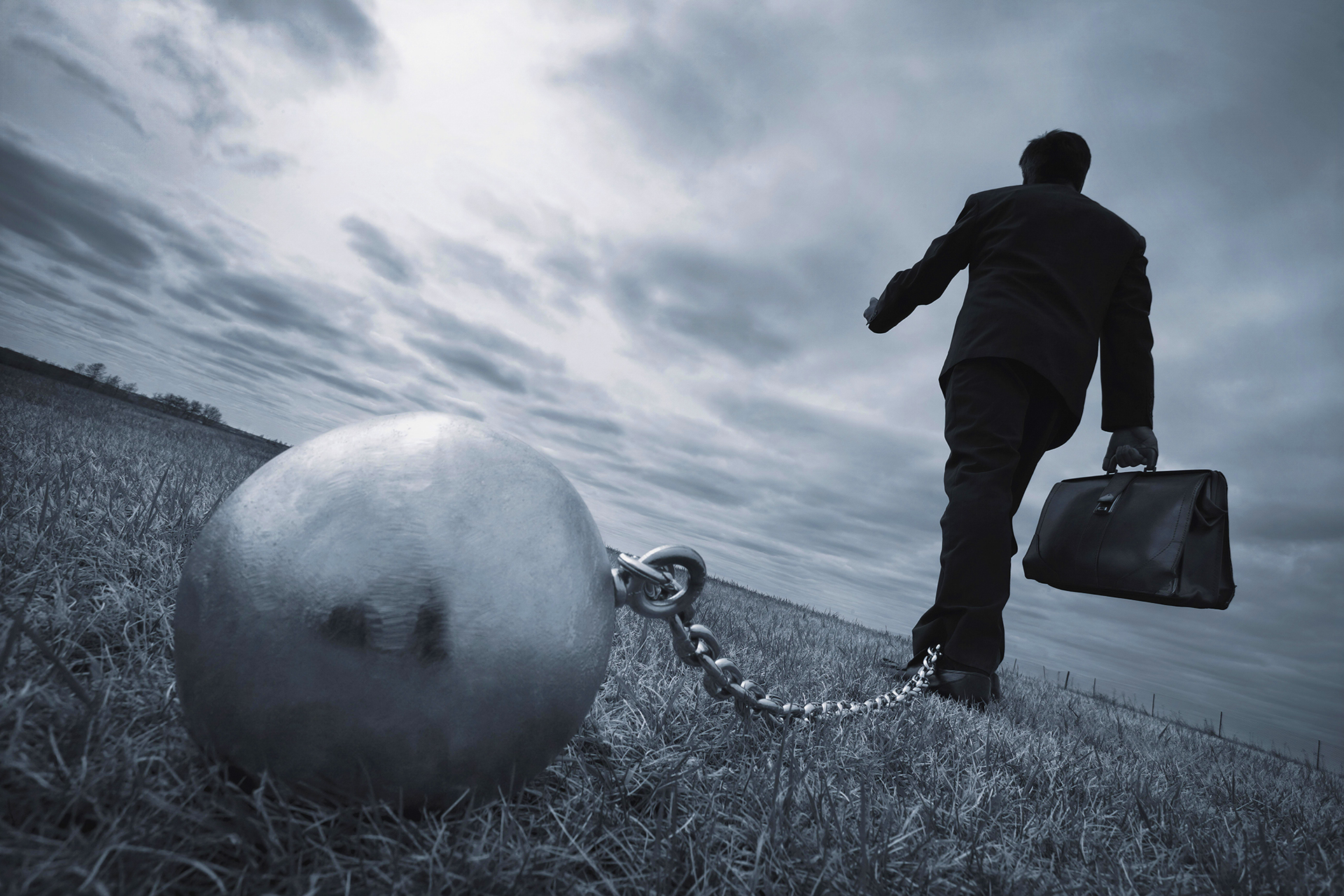Yes No
Share to Facebook
What Is the Burden of Proof Required In Civil Law Matters?
In Civil Litigation, Meaning a Lawsuit, Proof of the Allegations Is Required On a Balance of Probability Which Differs From the Criminal Standard Known As Proof Beyond a Reasonable Doubt. In a Lawsuit the Plaintiff Must Prove Both the Cause and...
Understanding the Balance of Probability As the Burden of Proof Required Within Civil Litigation Matters
 In a lawsuit, with only a very few exceptions, the burden of proof is placed upon the party making an allegation. Within a lawsuit, generally, the Plaintiff is making most of the allegations and therefore it is the Plaintiff who carries the burden of proving that losses were caused by the Defendant. The Plaintiff also carries the burden of proving the amount of the losses caused by the Defendant.
In a lawsuit, with only a very few exceptions, the burden of proof is placed upon the party making an allegation. Within a lawsuit, generally, the Plaintiff is making most of the allegations and therefore it is the Plaintiff who carries the burden of proving that losses were caused by the Defendant. The Plaintiff also carries the burden of proving the amount of the losses caused by the Defendant.
The Law
Level of Proof, possibility or probability
Within a lawsuit, the burden of proof requires that the presented case is shown as true on a balance of probabilities, meaning that the presented case is more likely true than untrue as determined by the Judge. With this said, the Judge is obviously unable to travel back in time and to where the actual incidents giving rise to the lawsuit took place; and accordingly, a Judge is unable to confirm with absolute certainty what occurred. Indeed, a Judge is only able to review and determine the balance of probability of what occurred. However, in criminal proceedings or quasi-criminal proceedings, where much more is at stake than just money, such as freedom, liberty, reputation, the burden of proof is raised to the beyond a reasonable doubt level which is considerably higher than the balance of probability requirement in civil law matters.
The civil law burden of proof requires proof of a factual theory that is on a balance of probability in that the facts are reasonably more true than false. Accordingly, the burden of proof is considerably higher than a mere possibility and requires more than guesses. Per the case of Cannito v. Madison Properties Inc., 2018 ONSC 6190, wherein various other cases were referenced, much more is needed to prove a legal case than mere presumptions and speculations:
[33] In Lansdowne v. United Church of Canada (2000) BCSC 1604 the plaintiff fell on a flight of stairs in the defendant’s church. As in this case, she did not know what had caused her to fall. About a week after she fell, a friend went to the church and noticed some fraying carpet on the bottom step. The plaintiff in her action alleged that the fraying carpet was the cause of her fall. In dismissing the claim the court held the following:
[22] The Court cannot presume negligence on the part of an occupier of premises: Bauman v. Stein, supra, at p. 127. Nor can it presume that some act, or failure to act, on the part of the occupier caused the plaintiff to fall: Vandergaast v. Atterton [1988] B.C.J. No. 2695 (C.A.).
[23] In my judgment, on the evidence before the Court here the Court would have to resort to speculation in order to find that Ms. Lansdowne's fall was caused by the loose threads on the bottom step of the stairs or some other defect in the carpeting on those stairs. This it must not do. According to Ms. Duggan, when she saw the threads one week after the accident they were coming out over the bottom step. Ms. Lansdowne, however, does not know on which step she tripped or where on the stairs she started falling. At best, both she and Ms. Lansdowne are able only to advance a theory that in some way Ms. Lansdowne's sandals got caught up in the loose threads and that as a result she tripped and fell.
[34] In Nandlal v. Toronto Transit Commission, 2014 ONSC 4760, (aff’d on appeal, 2015 ONCA 166), the plaintiff claimed she injured herself when she slipped on debris at the top of stairs on the defendant’s property. Although she had not seen debris when she fell, the basis for her belief she had slipped on debris was because she had seen debris in the past. On a summary judgment motion her claim was dismissed as there was no objective evidence of the slippery steps hazard, only her subjective rationalization.
[35] In Hamilton v. Ontario Corporation No. 2000533 o/a Toronto Community Housing Corporation, 2017 ONSC 5467 the plaintiff claimed to have slipped and fallen on the vinyl floor in the corridor outside her apartment, but gave no evidence of an alleged “hazard” at the time. Sanfilippo J. noted at para. 44-46 of the decision that an inference of causation must be based on objective facts, not speculative rationalization. In that case there were insufficient objective facts to support the plaintiff’s claim that her slip and fall was on a slippery vinyl floor outside of her apartment, notwithstanding past issues with maintenance and “detected spills” that occurred at times after her fall. Without objective evidence from which a reasonable inference of causation could be drawn, the plaintiff failed to prove on a balance of probabilities that an unsafe condition caused her slip and fall and injuries.
Unfortunately, all too often allegations are made based upon a subjective viewpoint involving conjecture and speculation of the possibilities rather than via objectively considered probabilities. Accordingly, if the proof is based merely on a guess that something is true, steer clear of litigation. Without directly supporting evidence, a guess is only a guess. This point and concern is especially important where state of mind is involved. Without powers of clairvoyance, it is impossible to know what someone else knows or thinks. What is possible may be very far from the actual truth.
Keep objective attention on the requirement that, in civil matters, the burden of proof is on the balance of probability. Allegations of fact require an objectively based rationalized review of the probabilities rather than subjectively based, and often emotionally charged, speculations that amount to mere guessing. What likely happened and what might have happened are two very different perspectives.
Summary Comment
In civil litigation matters the party bringing the proceeding, being the Plaintiff, carries the burden of proof. The burden of proof involves both the burden of proving that the Defendant engaged in unlawful or wrongful conduct caused the harm suffered by the Plaintiff as well as providing the sum of, or value of, the loss resulting from the harm caused by the Defendant. In civil litigation, as opposed to criminal or quasi-criminal proceedings, the burden of proof is referred to as on the balance of probability which means more likely than unlikely.


